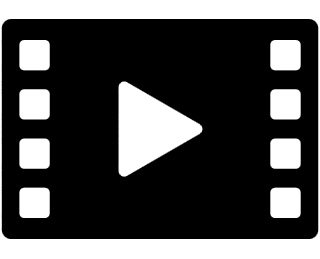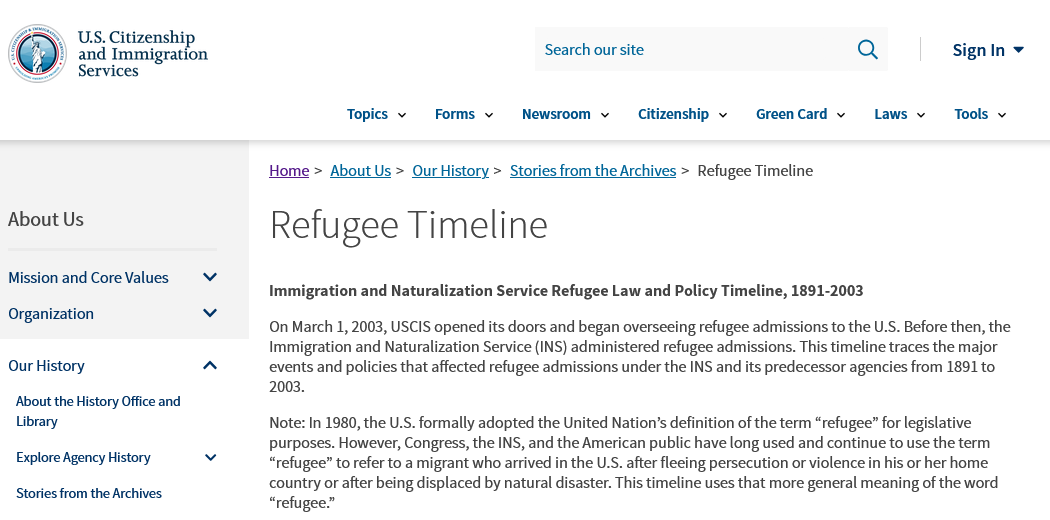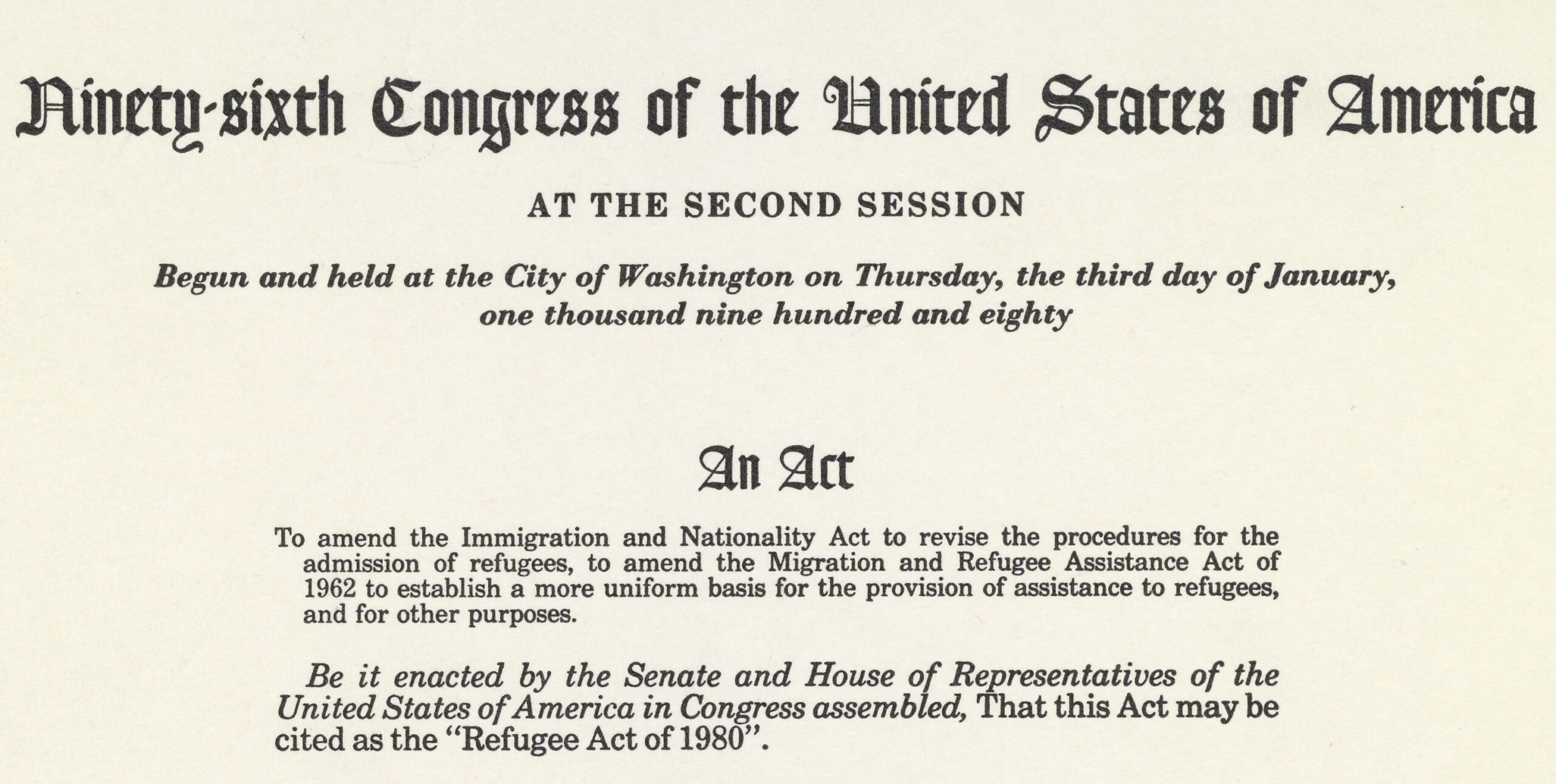Rayna Malik Walters
Highville Charter School
TEACHER'S SNAPSHOT
Course Topics/Big Ideas:
Role of the United States in World Affairs, The Struggle for Freedom, Equality, and Social Justice
Town:
Statewide
Grade:
High School
Lesson Plan Notes
In 1954, fearing a “domino effect” of communism in the region, President Eisenhower involved the United States in military actions in Southeast Asia during the Geneva Conference, which produced the Geneva Accords that ended French colonial rule in Indochina. Years later, “secret” U.S. bombings of neutral Cambodia during the Vietnam War era and a civil war left Cambodia devastated. In April 1975, the communist Khmer Rouge regime took over control of Cambodia and embarked on a mass displacement of people and destruction of systems and lives. An estimated 1.5-2 million Cambodians died in the genocide that followed, most of them in what is known today as the “Killing Fields.” In 1979, about 140,000 Cambodian refugees fled across the border into Thailand. Fearing this influx, in June 1979, the Thai army drove tens of thousands of refugees back across the border by force. Nearly 13,000 people were killed. As atrocities like these were uncovered, individual nations finally took action. In 1980, the United States passed the Refugee Act, which laid the groundwork for refugee policy today.
In this activity, students will explore how people in Connecticut received information about the atrocities occurring in Cambodia, how some local organizations and residents responded, and how Connecticut agencies assist refugees from around the world today. The featured documentary, Ghost Mountain, tells the story of Bunseng Taing, a Cambodian refugee who settled in Connecticut after surviving both the Killing Fields and the horrors at Preah Vihear.
ESSENTIAL QUESTION
SUPPORTING QUESTIONS
- What is the difference between an immigrant, a refugee, and an asylum seeker?
- What led to the deaths at the Killing Fields of Cambodia and at Preah Vihear?
- How have U.S. policies towards refugees changed and/or developed since the early 20th century?
- How did the situation in Southeast Asia in the 1970s shape U.S. refugee policy?
- How did people in Connecticut get information about what was happening in Cambodia in the 1970s/early 80s?
- In what ways did people in Connecticut respond to the Cambodian refugee crisis?
- How does Connecticut assist refugees today?
ACTIVITY
1) Begin by introducing the compelling question and having students read the five historic newspaper articles from the Hartford Courant in the Toolkit above. Afterwards, have students develop and share their emerging questions and introduce additional supporting questions.
2) Watch the documentary, Ghost Mountain. Lead an open discussion about to what extent this film added to students’ knowledge or understanding and what further questions it raised. Questions like “What did this make you think?” or “What did it make you wonder?” can get the conversation started.
3) Together, review the JSTOR article and Immigration and Naturalization Service Refugee Law and Policy Timeline, 1891-2003.
4) Separate the class into 3-4 working groups and distribute copies of The Refugee Act of 1980, Connecticut Legislative Research Report, and the Council on Foreign Relations diagram “What happens to someone who flees their home country?” Have students record their findings on the Library of Congress Primary Source Analysis Tool worksheet with the compelling question in mind.
5) Re-engage the entire class for a debrief session on each group’s findings. Come back to the compelling and supporting questions for a larger discussion about the issues and themes presented.
OPPORTUNITIES FOR ASSESSMENT
- Students will explore the media coverage of the Vietnam War, The Killing Fields, and Preah Vihear. Students will step into the shoes of a reporter and create an article about the events at Preah Vihear.
- Students will research and present about one of the other historical events/refugee groups addressed in the “Immigration and Naturalization Service Refugee Law and Policy Timeline, 1891-2003.”
- Students will explore a more current situation (e.g. refugees from Ukraine, climate refugees), including U.S. policies, media coverage, etc.
RESOURCE TOOL KIT
Access the Hartford Courant articles below via the ProQuest Historical Newspapers database using your Connecticut State Library Card number. Don’t have a Connecticut State Library Card yet? Find out how to get one.
“Loomis Faculty Helps Support 6 Refugees: Windsor” The Hartford Courant, pg. 13. Jul 3, 1975.
“Bishop Urges Assistance For Refugees” The Hartford Courant, pg. 33. Dec 23, 1978.
“Mrs. Carter Pledges Refugee Assistance” The Hartford Courant, pg. 26. Nov 11, 1979.
“Students Fill Aid Boxes For Cambodia: Mansfield” The Hartford Courant, pg. 42B. Jan 17, 1980.
“Family Escapes Cambodia Two Times Within Year” The Hartford Courant, pg. W37. Apr 11, 1980.

Ghost Mountain: The Second Killing Fields of Cambodia, PBS, 2022. 40 min 49 sec.
“How the Vietnam War Shaped US Immigration Policy” by Abby Seiff. JSTOR Daily. January 22, 2020.

“Immigration and Naturalization Service Refugee Law and Policy Timeline, 1891-2003.” U.S. Citizenship and Immigration Services, U.S. Department of Homeland Security.
“Refugee Processing and Settlement.” Research Report by Andrew Bolger, Legislative Fellow. Office of Legislative Research, May 30, 2018.
“For Migrants, Labels Matter.” Council on Foreign Relations, 2023.

The Refugee Act of 1980. U.S. National Archives.
ADDITIONAL RESOURCES
Places to GO
Connecticut Museum of Culture and History, Hartford
Make an appointment in advance to see materials related to various immigrant and refugee groups in Connecticut and learn more about the CMCH’s cultural sustainability programs.
Things To DO
Listen to one of these podcasts:
“Yehyun Kim’s ‘A Diaspora in Focus’ puts a lens on Connecticut residents with Asian roots.” By Katie Pellico, Catherine Shen. Where We Live, Connecticut Public Radio, 2024. (49:00)
“There’s no singularity when it comes to honoring Lunar New Year, including in Connecticut.” By Katie Pellico, Catherine Shen. Where We Live, Connecticut Public Radio, 2024. (41:00)
“Looking beyond the Killing Fields: Unpacking the Cambodian Genocide.” By Tess Terrible, Catherine Shen. Where We Live, Connecticut Public Radio, 2024. (49:00)
Websites to VISIT
National Archives of the Vietnam War
Connecticut’s Integrated Refugee and Immigrant Services (IRIS)
Connecticut Institute for Refugees and Immigrants
Cambodian Genocide Program, Yale University
Articles to READ
“By a Thread.” By Julie (Stagis) Bartucca. Illustrations by Michelle Kondrich. UConn Magazine, Summer 2018. University of Connecticut.
“For Some Cambodian Refugees, Deportations And A Return To A Country They Fled.” By Kat Chow. National Public Radio. December 5, 2017.



